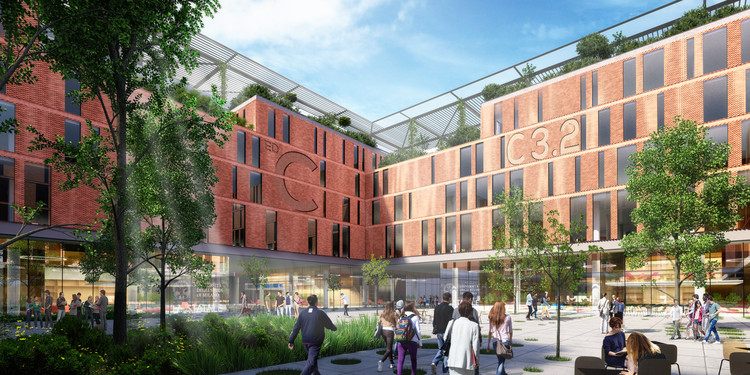
MK:U International Design Competition announced today that the International team led by London based Hopkins Architects was selected unanimously by the jurors, as the winner of their new model university competition launched in early 2019.
MK:U is one of many big projects planned for Milton Keynes’s near future, in order to develop the economy of the city, to reach new competitive heights. The university is a partnership between MKC and Cranfield University. Designed to meet the needs of the digital age, it basically equips students for the 21st-century workplace, and for future careers in emerging fields.














.jpg?1555325309)
.jpg?1555325239)
.jpg?1555325309)
.jpg?1555325249)
.jpg?1555325282)
_Paris_Render_with_ICADE_and_Studio_Gang.jpg?1552258488)








































